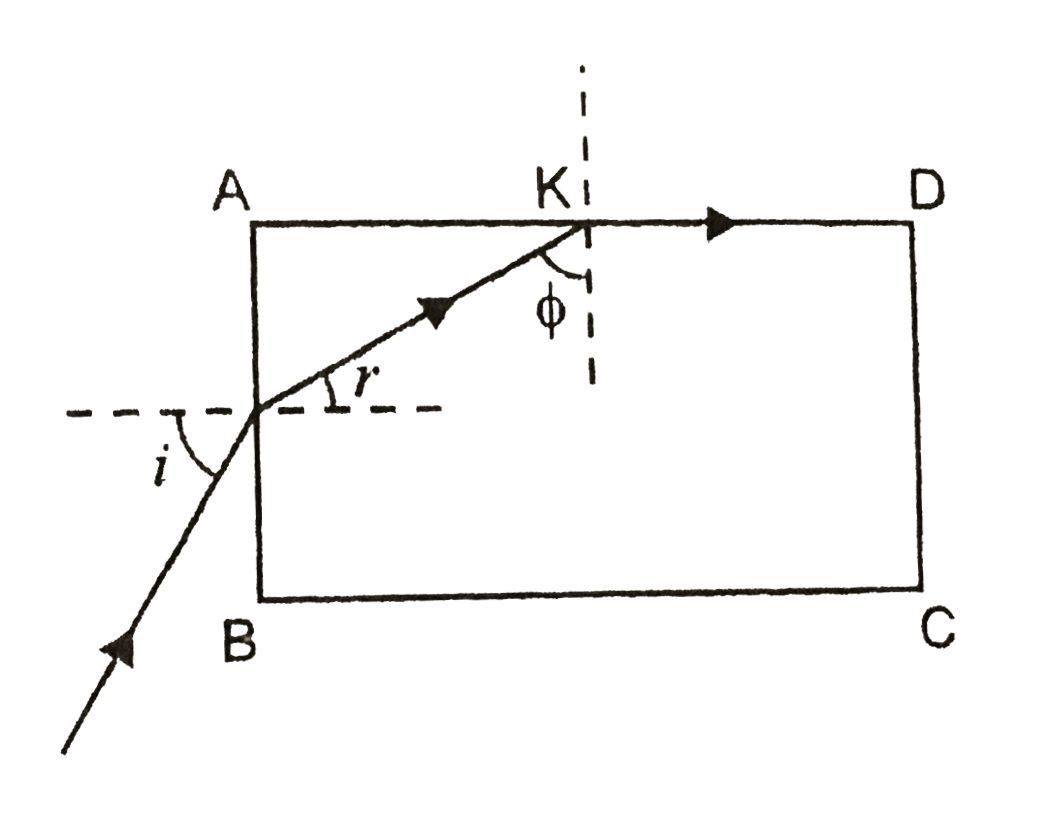Text Solution
Verified by Experts
|
Topper's Solved these Questions
RAY OPTICS
PRADEEP|Exercise (NCERT)Exercise With Solution|38 VideosView PlaylistRAY OPTICS
PRADEEP|Exercise Higher Thinking Order|5 VideosView PlaylistRAY OPTICS
PRADEEP|Exercise Long Answer (d)|6 VideosView PlaylistPROPERTIES OF BULK MATTER
PRADEEP|Exercise Multiple choice questions|7 VideosView PlaylistSYSTEMS OF PARTICLES AND ROTATIONAL MOTION
PRADEEP|Exercise Assertion- Reason Type questions|20 VideosView Playlist
Similar Questions
Explore conceptually related problems
Knowledge Check
Similar Questions
Explore conceptually related problems
PRADEEP-RAY OPTICS-(NCERT)Long Answer
- Show that for a material with refractive index mu ge sqrt(2), light in...
06:43
|
Playing Now - The mixture of a pure liquid and a solution in a along vertical column...
08:51
|
Play - If light passes near a massive object, the gravitational interaction c...
10:10
|
Play - An infinitely long cylinder of radius R is made of an unusal exotic ma...
06:55
|
Play - (i) Consider a thin lens placed between a source (S) and an observer (...
06:53
|
Play
 .
.